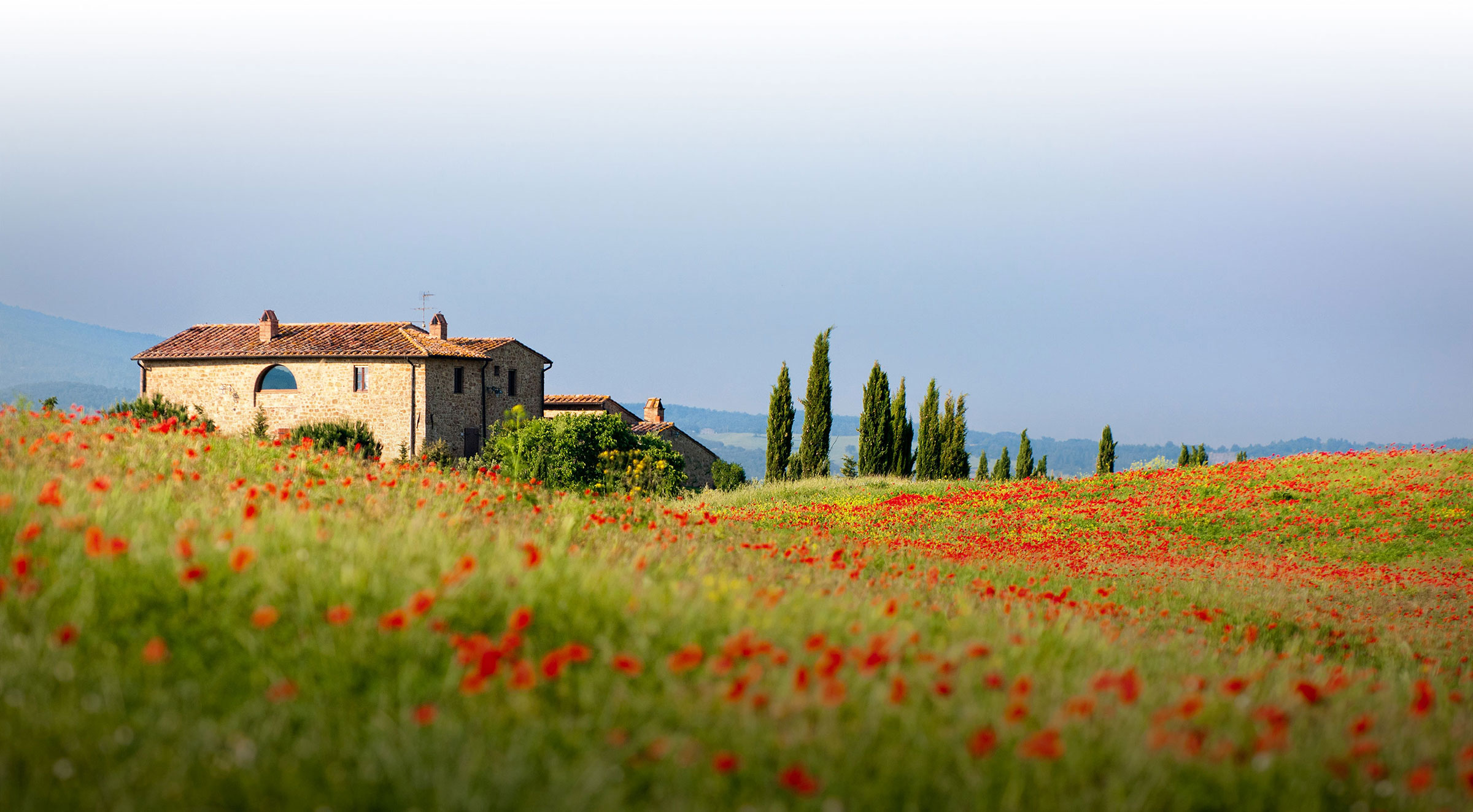Hawaiian Islands
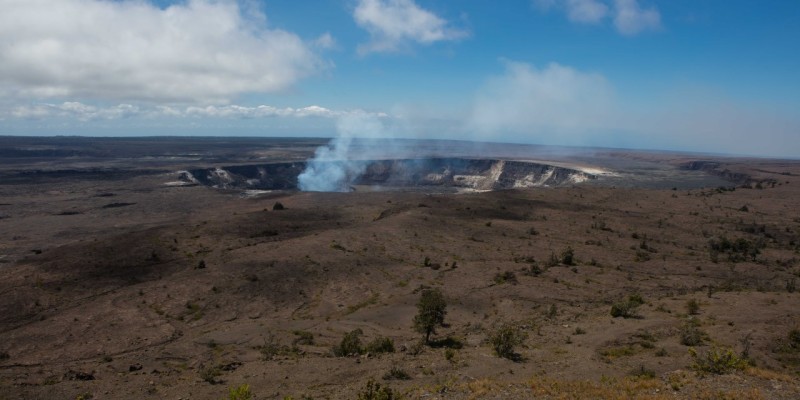

There is so much for your children to see and do on the islands of Hawaii. The challenge is figuring out how much to do in one trip. Options include: touring Pearl Harbor on Oahu, looking down into an active volcano on the island of Hawaii, learning to surf on Maui, or exploring the rain forests of Kauai, Molokai or Lanai. All the islands have beautiful beaches to walk, gorgeous tropical gardens to view and a variety of resorts and great restaurants to enjoy. Consider timing your trip from December to April to see a few of the 10,000 humpback whales that travel back and forth to Alaska every year.
Settled by the Polynesians, Hawaii has a friendly culture which puts visitors at ease. English Captain James Cook discovered the islands in 1779. Captain Cook unwisely allowed the natives to believe he and his men were gods. When it became clear Cook and his men were indeed not divine, the Hawaiians became angry. Having outstayed his welcome, the once hospitable natives attacked Cook who perished in a short fight—potentially as the result of friendly fire.
US interest in Hawaii grew during the 1820’s from a desire to keep European Powers out of the Pacific. During this time, Hawaii was also being developed by sugar plantation owners, whose power on the island steadily grew. Eventually, with the support of the United States, these plantation owners were able to overthrow Hawaii’s Queen Liliuokalani in 1893, an event that would lead to Hawaii joining the United States some 60 years later. The United States obtained official access to Pearl Harbor in 1887 as part of a new Hawaiian constitution, but it was not until 1959 that it officially became a state.
In addition to its history and unique culture, Hawaii excels at offering many science learning opportunities for students of all ages. Studying the natural sciences is as easy as walking out your door. Hawaii offers abundant tropical flora and fauna on both the land and sea in addition to fascinating weather patterns impacted by the local volcanoes. Your children can learn to sail, scuba dive, kayak, and surf. Each island offers different experiences to attract different vacationers, so speaking with an expert to find out what each island has to offer is vital.
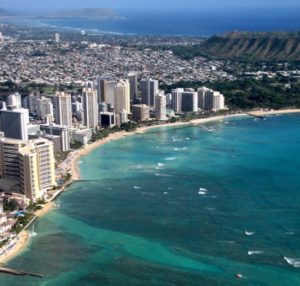
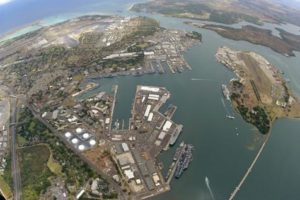
Oahu, with the largest city Honolulu, is home to many large resort hotels on famous, white-sand Waikiki Beach.
The North Shore’s legendary, massive winter waves (reaching a face height of over 40 feet) attract the best surfers from around the world. The U.S. Army, Air Force and Navy all have facilities on the island. A half day provides a great opportunity to visit Pearl Harbor. Your family can take time to pay respects to the sunken USS Arizona, tour the USS Missouri, the ship on whose deck the Japanese surrendered in Tokyo harbor, and explore several different submarines at the local Bowfin Submarine Museum and Park. These different sites all offer great insights into the role the United States played in World War II and the impact it had on the country. The National Park service has created an impressive facility to understand the surprise attack on Pearl Harbor by the Japanese on December 7, 1941. The second most visited site on Oahu is Dole Plantation. Hawaii is famous for pineapples and for a short time Dole pineapples dominated the world market. James Dole introduced new technology that could peel and process 100 pineapples a minute along with creative marketing to build his business. Despite his ingenuity, James Dole would find his business undermined by competitors. Competition from countries with ideal climate, lower land costs, and lower labor costs outcompeted the Hawaiian business model. The rise and f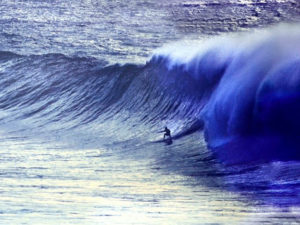 all of the Dole Plantation is a great business lesson for your children. Today though, you can still enjoy a delicious Hawaiian grown pineapple on any of the islands.
all of the Dole Plantation is a great business lesson for your children. Today though, you can still enjoy a delicious Hawaiian grown pineapple on any of the islands.
Maui is the second most populated island and is known for its beaches and resorts. Families go to Maui to relax and play, but there are also opportunities for learning everywhere. On Maui, your children can experience authentic Hawaiian culture through arts, rituals, performances, and history. Maui also has incredible resorts offering water parks, golf, and great beaches.
The Big Island (Hawaii) has the most diverse topography to explore. The resorts utilize the available large land mass to make each one a private oasis. The weather on the island is one of extremes. Hilo, the largest city, receives rain almost every day, while Kailua-Kona rarely gets any. This is the 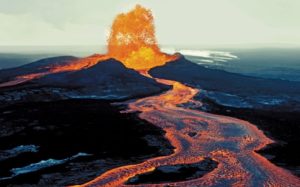 island upon which the famous explorer Captain Cook lost his life. The Big Island is also home to three volcanoes to explore. The biggest attractions are the two active volcanoes Mauna Loa and Kilauea, located in Hawaii Volcanoes National Park. Mauna Loa last erupted in 1984, and Kilauea has been continuously erupting since 1983. Hawaii Volcanoes National Park offers enough attractions for an entire day of touring. Your family can spend another day atop the tallest mountain in the world, the dormant Volcano Mauna Kea. Its peak is 13,796 feet above sea level, but when measured from the ocean floor to its peak, Mauna Kea measures an extraordinary 33,476 feet (for comparison, Mount Everest measures 29,029 feet). Near the top, the Mauna Kea Observatory has 13 working telescopes. The frequently cloudless nights and the extremely dry atmosphere above the mountain make for the clearest star gazing and an excellent astronomical observing site. In addition to the clear skies, the minimal light pollution makes Hawaii the perfect place to study the stars with your children. Here is a perfect opportunity to study different
island upon which the famous explorer Captain Cook lost his life. The Big Island is also home to three volcanoes to explore. The biggest attractions are the two active volcanoes Mauna Loa and Kilauea, located in Hawaii Volcanoes National Park. Mauna Loa last erupted in 1984, and Kilauea has been continuously erupting since 1983. Hawaii Volcanoes National Park offers enough attractions for an entire day of touring. Your family can spend another day atop the tallest mountain in the world, the dormant Volcano Mauna Kea. Its peak is 13,796 feet above sea level, but when measured from the ocean floor to its peak, Mauna Kea measures an extraordinary 33,476 feet (for comparison, Mount Everest measures 29,029 feet). Near the top, the Mauna Kea Observatory has 13 working telescopes. The frequently cloudless nights and the extremely dry atmosphere above the mountain make for the clearest star gazing and an excellent astronomical observing site. In addition to the clear skies, the minimal light pollution makes Hawaii the perfect place to study the stars with your children. Here is a perfect opportunity to study different 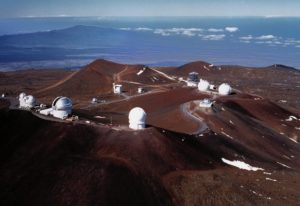 types of stars and planets, and to open your children’s minds to our place (and size!) in the universe. Of course, the Big Island also offers many learning opportunities in its clear, blue waters as well. Your children can learn about diverse marine organisms up close by swimming with giant turtles, or stretch their courage and enjoy a nighttime snorkel with manta rays measuring over 20 feet across their fins. The staggering marine diversity around Hawaii offers a great opportunity to practice identifying and naming various aquatic organisms, while learning about the science of classifying and naming organisms, taxonomy. Scuba lessons
types of stars and planets, and to open your children’s minds to our place (and size!) in the universe. Of course, the Big Island also offers many learning opportunities in its clear, blue waters as well. Your children can learn about diverse marine organisms up close by swimming with giant turtles, or stretch their courage and enjoy a nighttime snorkel with manta rays measuring over 20 feet across their fins. The staggering marine diversity around Hawaii offers a great opportunity to practice identifying and naming various aquatic organisms, while learning about the science of classifying and naming organisms, taxonomy. Scuba lessons 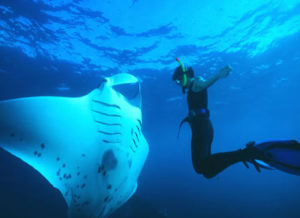
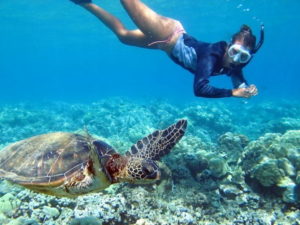 also provide an excellent opportunity for your children to develop independence and self-awareness while they learn about breathing under water, recovering their regulators, and experiencing the sensation of weightlessness.
also provide an excellent opportunity for your children to develop independence and self-awareness while they learn about breathing under water, recovering their regulators, and experiencing the sensation of weightlessness.
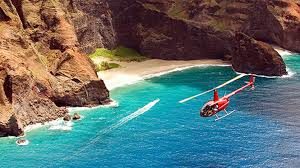
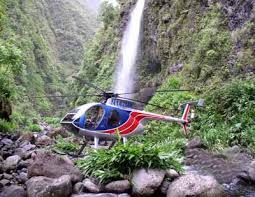
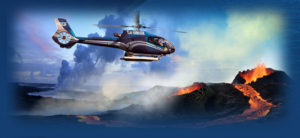 The Big Island is also a great place to introduce your children to helicopters and the dynamics that allow them to fly. Your entire family can learn about the properties of thrust, lift, pitch, yaw, and roll and then experience the exhilaration of a helicopter flight over the natural beauty of the islands. Your travel expert will be able to provide you with several reliable and safe helicopter options to suit your needs.
The Big Island is also a great place to introduce your children to helicopters and the dynamics that allow them to fly. Your entire family can learn about the properties of thrust, lift, pitch, yaw, and roll and then experience the exhilaration of a helicopter flight over the natural beauty of the islands. Your travel expert will be able to provide you with several reliable and safe helicopter options to suit your needs.
One of the smaller islands to visit is Molokai, with only 7,000 residents and home to Kalaupapa National Historical Park, the site where King Kamehameha V banished natives with leprosy from the island. From 1866 until the 1940’s more than 8,000 people, banished from society, died here from the disease. It takes either a mule ride or a long hike to access this beautiful, isolated park. This excursion provides an opportunity to discuss diseases that have been recently eradicated with the development of antibiotics and vaccinations in addition to the ethical considerations of isolating those suffering from disease.
The remaining islands are smaller, with some offering a more remote, relaxed experience, and every island offers incredible places to stay to maximize your comfort and Hawaiian experience. Your travel expert is your best resource for discovering what each of these islands has to offer.
Speak to your travel expert in order to best match your needs and desires with the myriad options Hawaii offers for your family to experience, enjoy and learn. Consider staying at one of many incredible resorts.
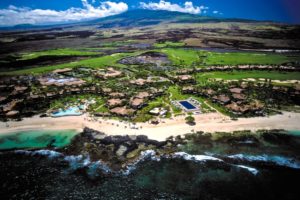 Four Seasons Resort Hualalai on the Big Island
Four Seasons Resort Hualalai on the Big Island
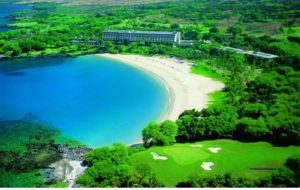 Mauna Kea Beach Hotel on the Big Island
Mauna Kea Beach Hotel on the Big Island
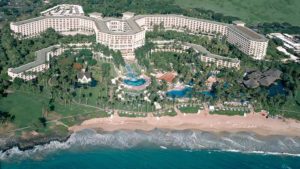 Grand Wailea on Maui
Grand Wailea on Maui
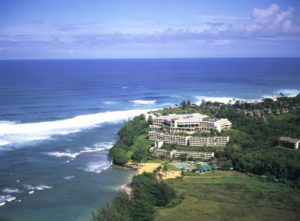 St. Regis Princeville on Kauai
St. Regis Princeville on Kauai
Learning Opportunities:
- Discover the role Hawaii has played in several key historic events and in the development of the United States.
- Develop agility, coordination, and independence with lessons in kayaking, surfing, scuba diving, and sailing.
- Develop empathy while learning about the trials of the individuals banished to a leper colony.
- Experience diverse flora and fauna up close and in person.
- Gain insight into the science of taxonomy and sharpen your observational skills.
- Explore majestic volcanoes and understand how they drive changes on the Earth over time.
- Wonder at the vastness of our universe and learn about stars, planets, and galaxies during clear nights.
Get help from a travel expert in order to see and do everything that is right for your family.

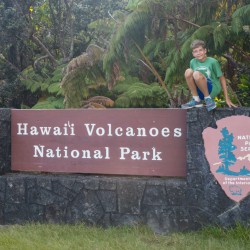
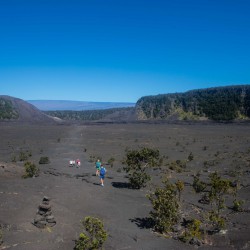
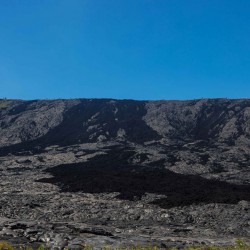
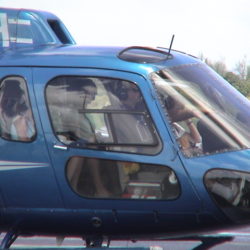
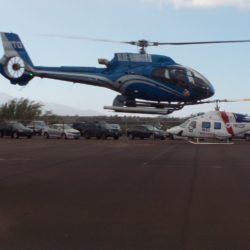
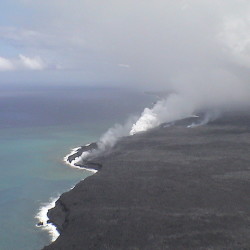
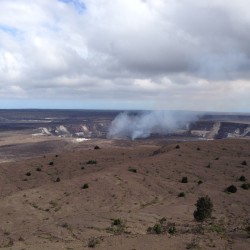
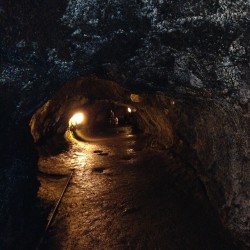
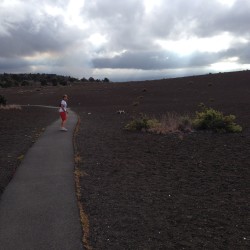
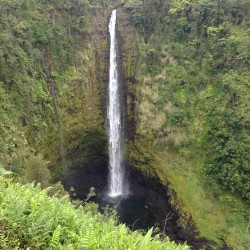
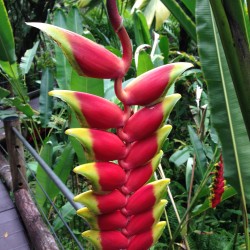
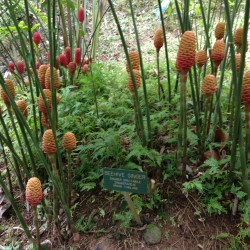
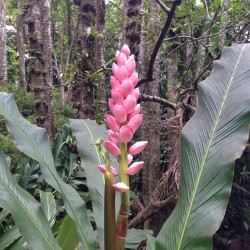
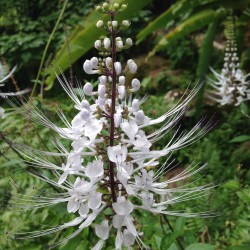
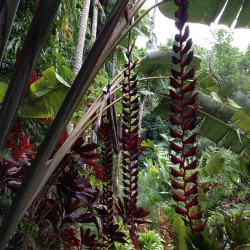
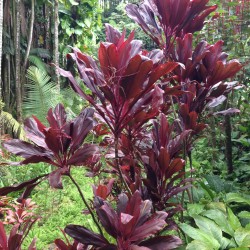
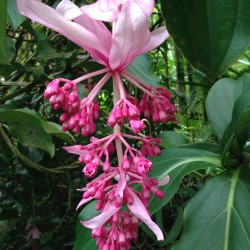
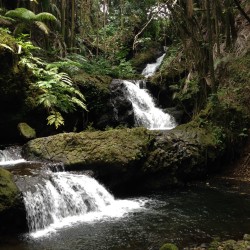
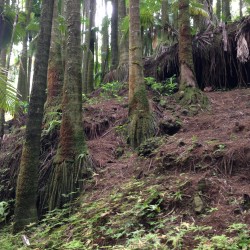
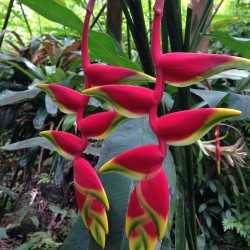
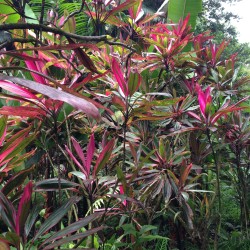
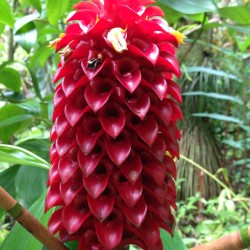
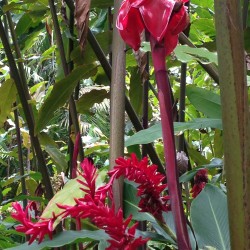
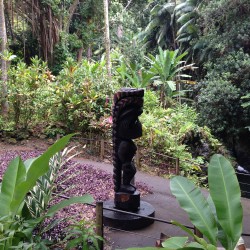
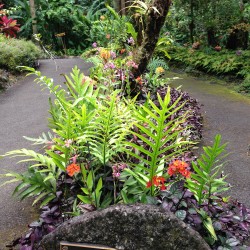
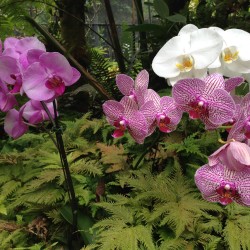
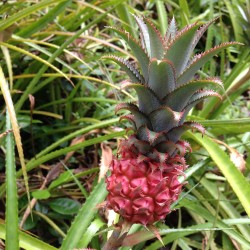
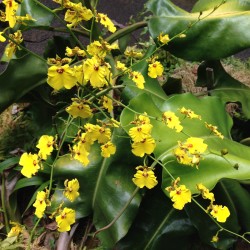
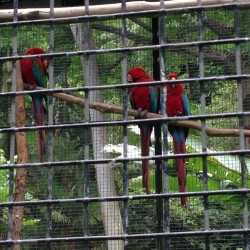
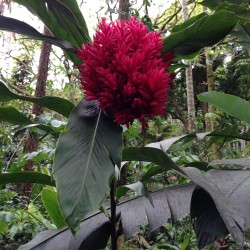
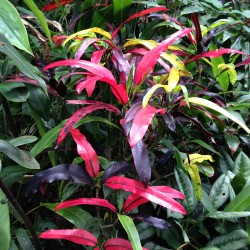
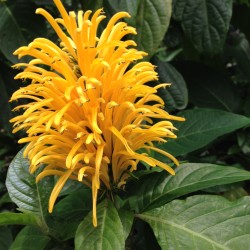
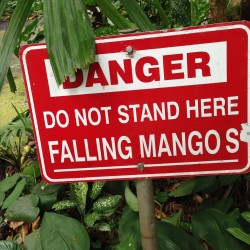
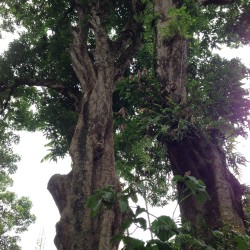
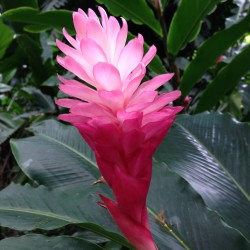
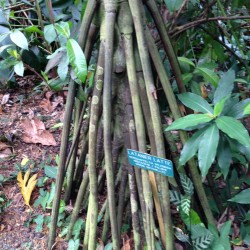
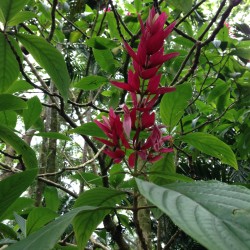
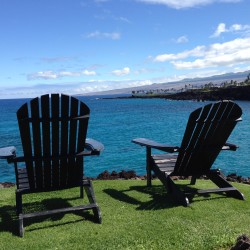
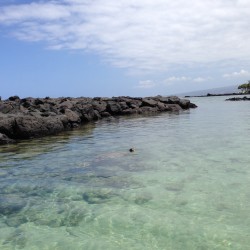
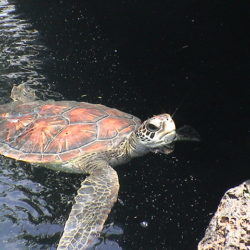
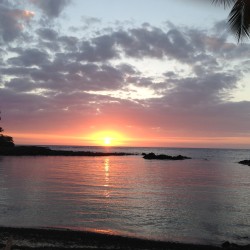
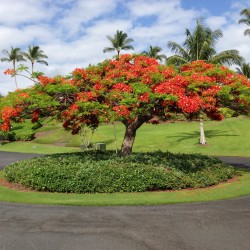
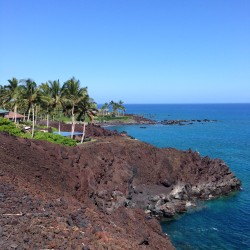
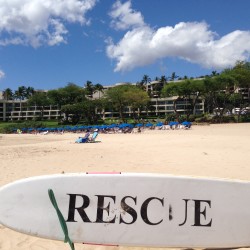
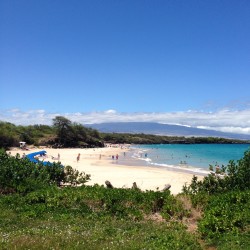
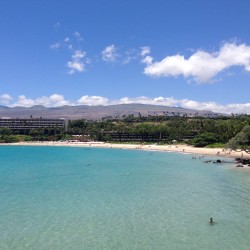
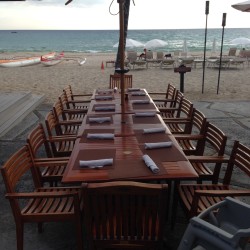
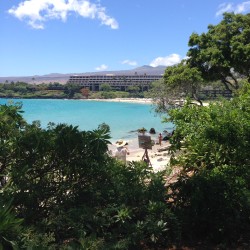
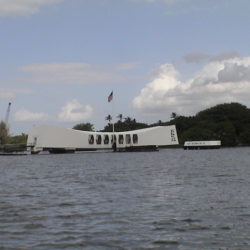
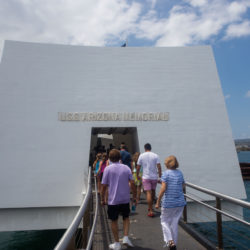
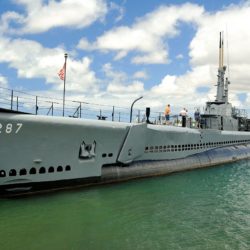
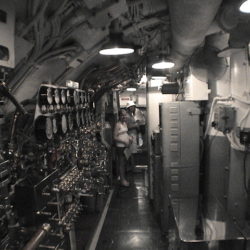
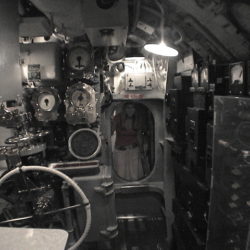
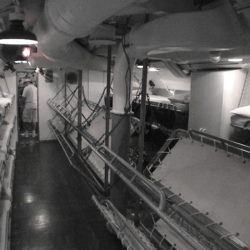
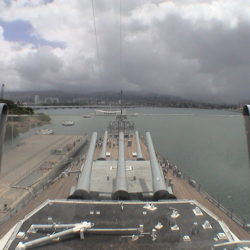
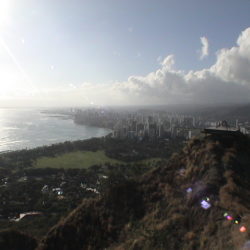
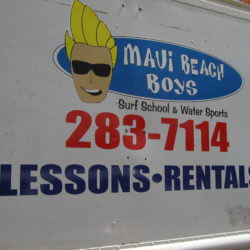
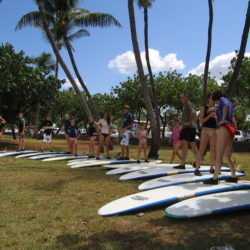
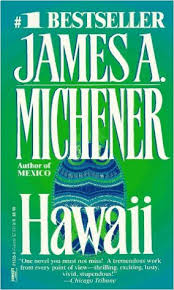 Hawaii
Hawaii
 Hawaii
Hawaii
